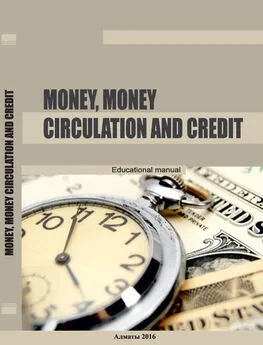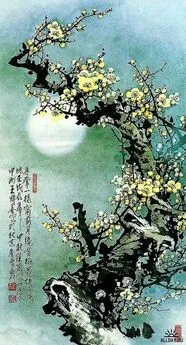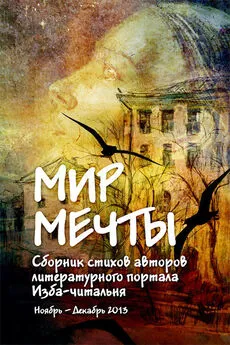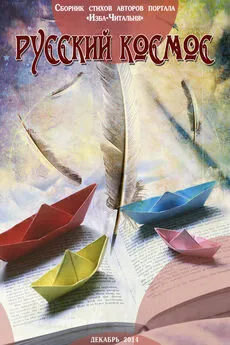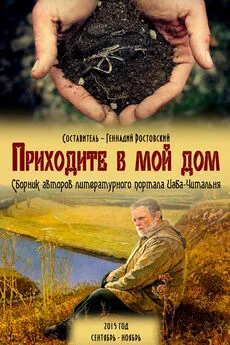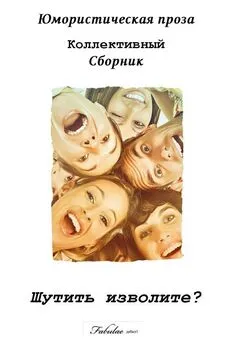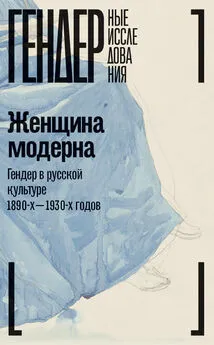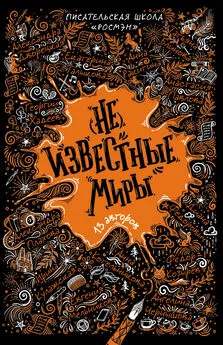Коллектив авторов - Money, money circulation and credit
- Название:Money, money circulation and credit
- Автор:
- Жанр:
- Издательство:Казахский национальный университет имени аль-Фараби Литагент
- Год:неизвестен
- ISBN:978-601-04-1569-0
- Рейтинг:
- Избранное:Добавить в избранное
-
Отзывы:
-
Ваша оценка:
Коллектив авторов - Money, money circulation and credit краткое содержание
This еducational manual is published for students and lecturers of the economic universities.
And is also could be useful for credit and fi nancial system employees.
Any distribution of this work or its part without the author’s agreement or other actions which violate a copyright norms are prohibited and punished by law.
В учебном пособии рассматриваются вопросы теории и практики денег, кредита и банковской системы страны, в частности, сущность денег, денежное обращение, кредит, денежная, кредитная и банковская система государства, становление и развитие банковской системы республики, ее функции и операции, развитие рынка ценных бумаг, фондовая биржа и международные валютно-кредитные отношения.
Учебное пособие предназначено для студентов и преподавателей экономических вузов. Также оно может быть полезным работникам кредитно-финансовой системы. Любое распространение этой работы или ее части без согласия автора или других действий, которые нарушают авторское право, запрещены и караются по закону.
Money, money circulation and credit - читать онлайн бесплатно ознакомительный отрывок
Интервал:
Закладка:
The first stage actually began in July, 1990 simultaniously with the total currency restrictions abolition regarding the capital flow to EU. The second started in January, 1994 with the beginning of the European Monetary Institute in Frankfurt on the Main consisting of the Central banks managing member countries. The purpose of the European Monetary Institute creation was the preparation for the European System of Central Banks organization and ECU banknote issue. The European Council laid on December, 1995 in Madrid confirmed the decision of the Common European Currency introduction from January, 1999 what became the third concluding stage.
The Council participants decided to refuse the name of «ECU» admitting EURO instead. As envisioned by the Council euro shouldn’t be a parallel national currency like it was ECU but it should become a single and common currency precisely for all the EU members which finally will replace marks, pounds and francs.
The technical transfer stipulated four stages. Till May, 1998 the European Union should decide what countries will constitute the monetary union. Australia, Belgium, Finland, France, Germany, Ireland, Luxembourg, Netherlands, Italy, Portugal and Spain were included into the first list. The Great Britain and the rest Scandinavian countries joint at the later stage. This group of the 11 above mentioned countries forms the market with the GDP of 6.5 billion USD and with the population more than 280 million people. For comparison: The US GDP is 6.955 billion USD with the population of 263 million people.
On the second stage which began on January 1 st, 1999 the fixed exchange rates were identified. The European Monetary Institute transformed into the European Central Bank. Beginning from the above date the monetary markets quote in euro which became the basic currency in the interbank payments. The correspondent banks chose their euro-clearing bank and set up the euro-accounts. The private individuals could hold euro for their bank accounts and make bank payments by means of this currency but still the banknotes and coins haven’t been issued for circulation.
On the third stage beginning from January 1 st, 2002 the euronotes and coins were put in circulation. Euro became the second lawful currency after the national as on streets as in shopping centers.
On the last stage six months ago the national currencies lost their lawfulness as a mean of payment but for some time banks exchanged them on euro. To July, 2002 euro become the only currency unit in the European Union. The emission and control of cash euro circulation were entrusted on the European Central Bank.
The function of world money is performed by the modern money but at limits. First of all nowadays it is not performed by all the money. For the second even those currencies (for example US dollars, euro, yens) which are actively used today in the international relations are not universal either and they don’t cover all the system of the World money circulation.
All the listed functions were fully performed by money in the condition of the gold standard, i.e. when the role of the total equivalent was played by gold. The suspension of gold standard led to the fact that money stopped to perform their two traditional functions (treasures and world money) which couldn’t be performed without gold in the quality of money. That’s why in the modem conditions the economic literature often indicates only three functions of money: standard of value, instrument of circulation and mean of payment though this is a debatable opinion.
A consideration must be given to that actually in performing by the modern money its functions the fundamental changes took place but it doesn’t mean that two of five functions do not exist at all.
The function of treasures forming actually transforms into the function of value store when money is considered as a special liquid asset which saves after the good sale and provides its owner with a purchasing power in future.
Reviewing the initial analysis results of the money functions we can determine their interaction and also pay attention that the function of instrument of circulation and payment should determine the level of the total monetary stock in the country and the function of saving is directly linked with the State monetary policy.
The basic requirement of the money functions performing is the stability of the money circulation whole system.
The comprehension questions
1. Name two basic theories of money origin in the World Economy.
2. What are the basic history stages of money development according to the evolutional theory?
3. List the money functions and elaborate the concepts.
4. The essence of money consists of three features, name them.
Section 2. MONEY TURNOVER, MONEY CIRCULATION AND MONEY SYSTEM
1.2.1. Metal full-bodied money
In the course of historical development initially the system of metal money circulation formed which was based on the metal money usage.
The money qualification which is based on the materially substantial features of the total equivalent allows classifying conventionally the metal money on full-bodied and token money.
The full-bodied (real) money is money the nominal (designated on it) value of which corresponds to its real value, i.e. to the value of metal of which it is produced (an obverse of a coin – adverse, a reverse of a coin – reverse, a ridge – edge).
The first coins appeared in about the XII thcentury B.C.E. in China and in the VII thcentury B.C.E. in the ancient Lydian State (the Asia Minor). The oldest money which were discovered on the territory of Kazakhstan are the ancient coins found during the diggings of such towns as Otrar, Taraz, Turkestan, Balasagun, Suyab. The earliest are dated from the VI thcentury. Before the XXII ndcentury they were produced manually from copper, bronze, gold. As a rule the coins had the images of a family coat of arms – tamga and indicated the title of the main sovereign ruler – kagan. At that times each of them issued their own coins with their title that’s why they greatly differed from each other not only by the images but also by their thickness and form.
Later in the middle centuries in Kypchakiya the territory of which marched with the territory of modern Kazakhstan a silver tanga and a copper poul circulated. The copper coins usually were used for everyday buyings and silver for the foreign trade operations.
After Kazakhstan joint to Russia in the beginning of the XVIII thcentury little by little the Russian coins and monetary units began to circulate in our country. In the pre-revolution Kazakhstan during the monetary reform of 1895-1897 the system of gold monometallism was established with the gold-coin circulation.
The gold, silver and copper coins were used in circulation. The basic type of the monetary units was the State Bank credit notes which on 92 % were ensured by gold. The basic part of the monetary stock consisted of the nominal instruments of circulation which could be freely exchanged on the full-bodied money – gold coins and thus they had the population’s credibility.
Having an inmost value the full-bodied money depends on neither the other types of wealths nor the market conditions in which it circulates. All the types of commodity money belong to the full-bodied money – gold and silver coins.
The token money (the substitute of real money) is money the nominal value of which is higher than real, i.e. its purchasing power exceeds the intrinsic value of the commodity which plays role of the monetary relations bearer. The purchasing power of this money is determined by the market conditions exceptionally whereby the inmost value of token money doesn’t influence on it. The token money includes all the types of paper money, credit notes and metal symbols of value (billion coins – small coins manufactured from copper and aluminum).
In the course of historical development first of all the system of metal circulation formed which was based on the metal coins usage.
Initially (in particular in the XVI th-XVIII thcenturies) the system of bimetallism existed.
Bimetallism is the system where the role of the total equivalent is played by two metals – gold and silver. It means that these two metals circulated on equal basis and had a fixed correlation.
The unlimited circulation, free issue and two prices determination on one good are supposed. This system existed in the XVI th-XVIII thcenturies and in some countries of West Europe even in the XIX thcentury. However such system didn’t provide the stability of money circulation.
There are three systems of bimetallism:
Of the parallel currency where the correlation between the gold and silver coins is spontaneous.
Of the double currency where the government fixed the correlation between metals and the gold and silver coins issue and their popularity were made by this correlation.
Of the limping currency where the gold and silver coins were the legal means of payment but with unequal terms. For example if the silver coins issue was made privately thus practically they played role of the gold symbols.
In the result of silver production cheapening in the end of the XIX thcentury and its devaluation the gold coins began to go out of circulation to treasures, i.e. «bad money drives out good».
In the XIX thcentury the system of bimetallism was replaced by monometallism which was based on only one metal, i.e. only one metal plays role of the total equivalent. The silver monometalism existed in Russia (1843-1852), in India (1852-1893) and in China (till 1935).
The gold coin standard most closely met the requirements of capitalism of the free competition period, promoted the development of production, credit system, world trade and capital export. Sometimes the age of gold coin standard is associated with the fast industrialization and economic prosperity.
Since the First World War little by little gold was drove out of circulation by paper money and credit notes; the process of gold demonetization began which subsequently captured the international circulation.
First of all gold stopped performing the function of the instrument of circulation and payment in the domestic circulation and then in 1976 the function of the world money. For the detailed information look through the chapter «The international currency and credit rela- tions».
As can be seen from the above the system of metal money circulation became a thing of the past. Nowadays the fractional coins are minted from different alloys and aluminum.
1.2.2. Paper money and their circulation consistency
Paper money is relatively new for the world of money. The paper monetary units are token money, only symbols. Usually they appeared in the periods of acute state needs during the wars and revolutions when the other sources of financing (taxes, lendings, etc.) ran out. One more reason of the paper money issue was a chronic deficit of an external state account, in order to avoid the gold drain abroad the government was forced to implement the inconvertible to gold money provided with a forced rate of exchange.
For the first time it was issued in the VII thcentury in China in the form of large denominations in order to replace the inconvenient fullbodied copper coins. And while the notes could be freely exchanged onto the full-bodied they were popular in circulation. Later in the XIII thcentury paper money was issued in Persia and in the XIV thcentury in Japan.
However in other countries the substitutes of «real money», i.e. coins were widely spread. Their nominal was verified with the sovereign’s stamp or a sign and a personal stamp of a merchant or a banker. Initially in the form of complementary means of exchange the deposit receipts of stocked items, taxes payments, loans granting were used. Their circulation increased the trade opportunities but at the same time frequently complicated the exchange of these paper duplicates onto the metal coins.
Читать дальшеИнтервал:
Закладка:
